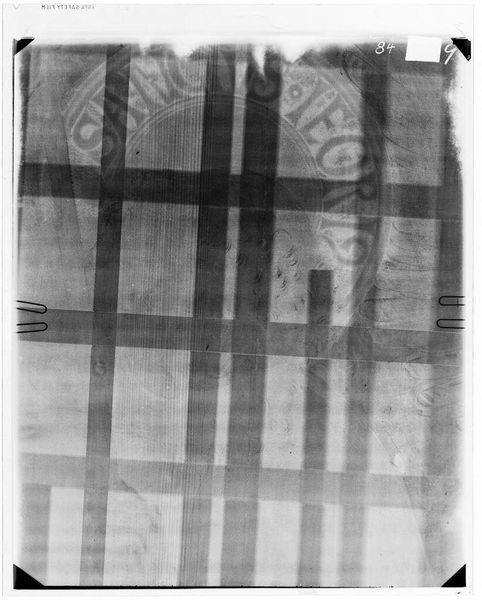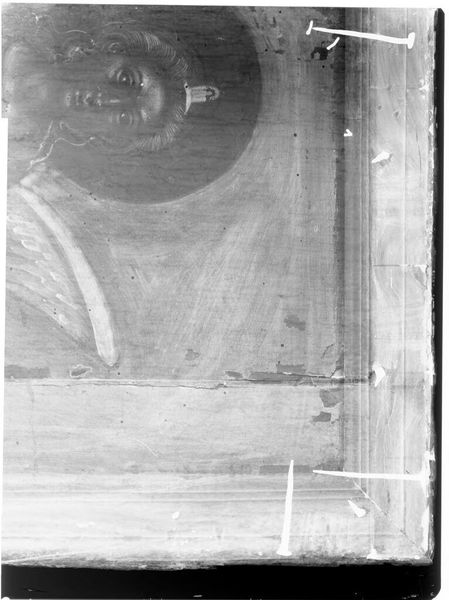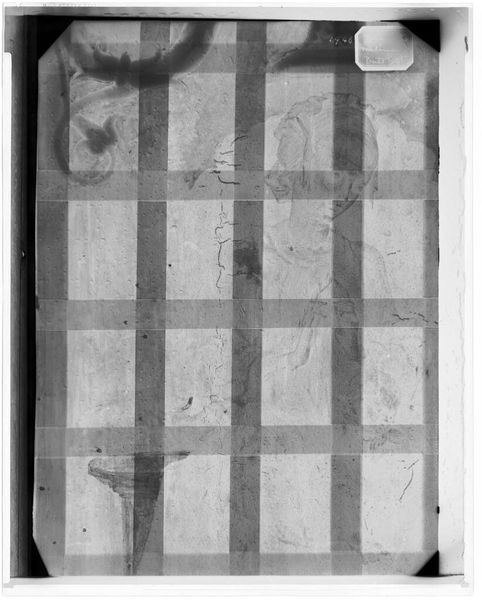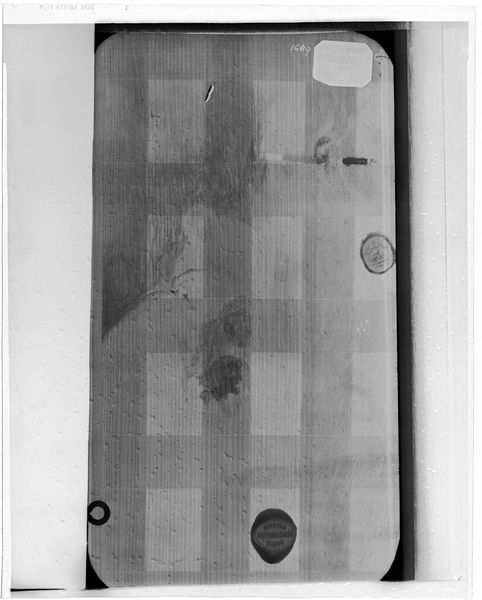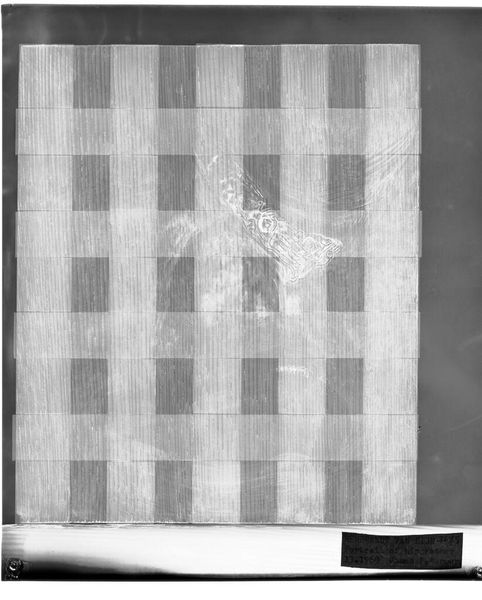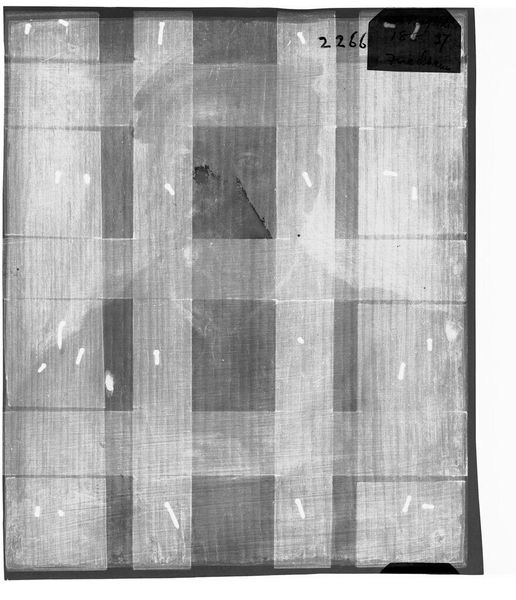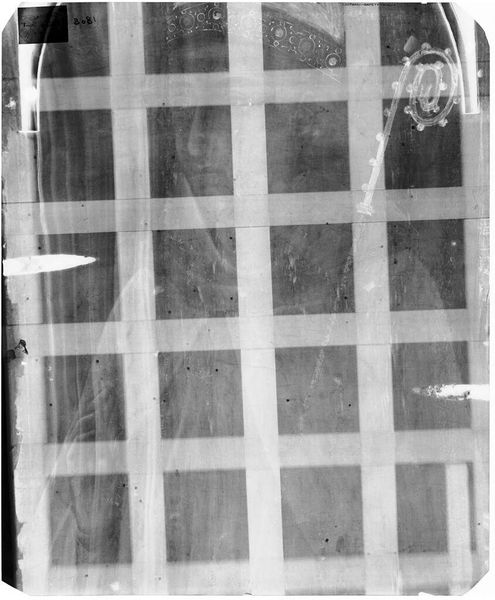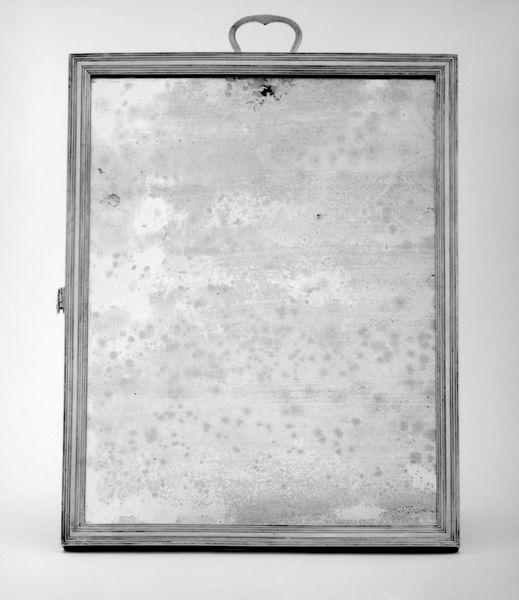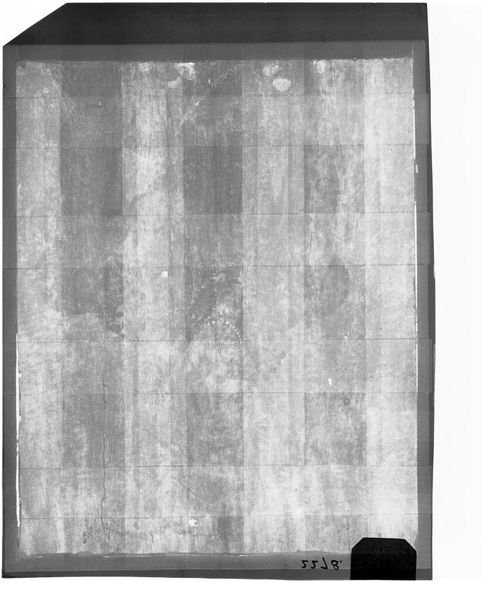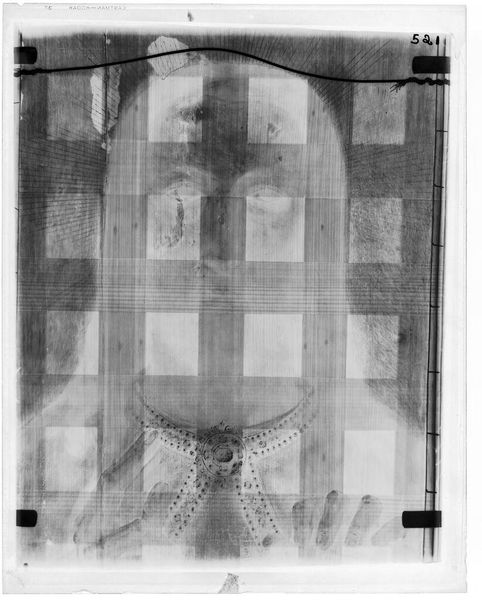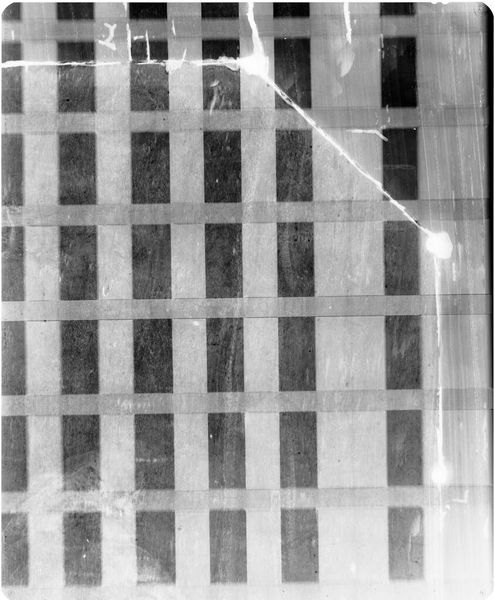
silver, metal, sculpture
#
silver
#
metal
#
11_renaissance
#
sculpture
#
decorative-art
Dimensions: Diam. 2 in. (5.1 cm)
Copyright: Public Domain
Editor: Here we have "Watch," made sometime between 1730 and 1765 by Jean Baptiste III Baillon. It's a petite metal and silver object, residing at The Met. It strikes me as so intricate, and immediately I'm curious about who owned this piece. What can you tell me about it? Curator: This watch, while seemingly a personal item, offers a window into the socio-political landscape of the 18th century. Luxury goods like these weren't just functional; they were potent symbols of status and power. Consider who had access to such items: predominantly the aristocracy and the burgeoning merchant class. The decorative arts of this era were intrinsically linked to displays of wealth. Editor: So, owning something like this was a deliberate act of...communication, almost? Curator: Precisely. It broadcasted one's position in society. How do you think the rise of a wealthy merchant class might impact the types of objects being produced and consumed? Editor: I guess they'd want pieces that mirror the aristocracy’s wealth, but maybe with their own, distinct spin? It feels like it reflects a changing social hierarchy. Curator: Exactly. The very existence of such finely crafted timepieces points to shifts in social mobility. The museum displays it not just as an artwork, but as a cultural artifact, indicative of larger social structures. A pretty piece with political undercurrents, would you agree? Editor: Absolutely! It’s fascinating how a watch can tell a story about wealth and social dynamics of the time. I hadn’t considered its cultural impact to that extent. Curator: Indeed, sometimes the smallest objects hold the biggest societal reflections.
Comments
No comments
Be the first to comment and join the conversation on the ultimate creative platform.
